Park rangers serve as the guardians of our wilderness areas, spending countless hours patrolling remote locations where wildlife roams freely. This unique profession puts them in a position to witness some of the most unusual, inexplicable, and downright bizarre animal behaviors rarely seen by the general public. From unexpected interspecies friendships to animals displaying nearly human-like intelligence, these dedicated professionals have collected a treasure trove of strange encounters that challenge our understanding of wildlife behavior.
While some stories might seem too extraordinary to believe, they come from credible observers trained to document and monitor wildlife. Here are some of the most bizarre animal encounters ever reported by park rangers across the globe, offering us a glimpse into the mysterious and sometimes comical world of wildlife.
The Bear That Stole a Picnic Table
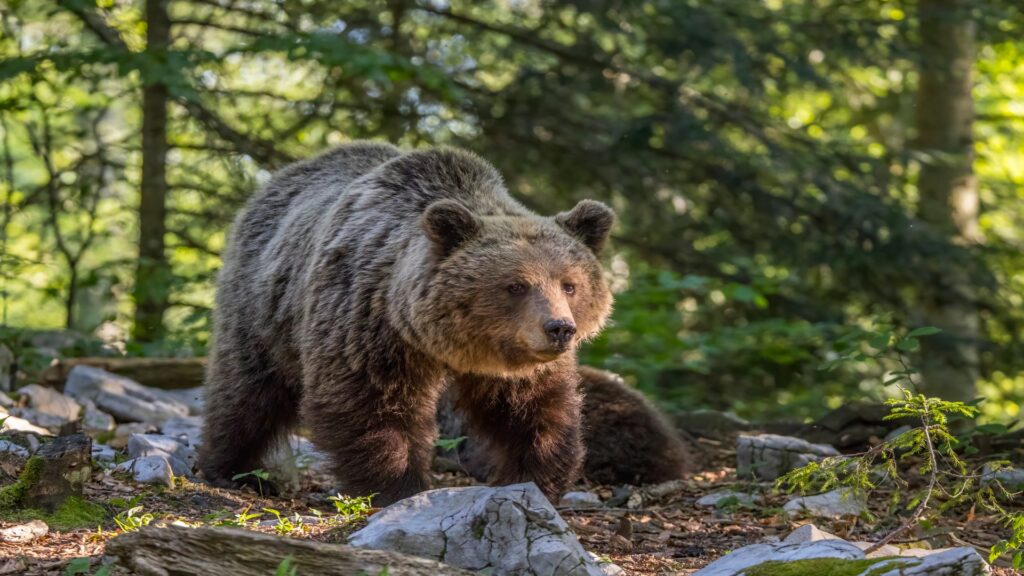
In Yellowstone National Park, a ranger reported witnessing a fully grown black bear not only raiding a campsite but also showing unusual determination to claim a specific item. Rather than focusing on the easily accessible food left by careless campers, this particular bear became fixated on a wooden picnic table. After multiple attempts to drag it away, the bear eventually succeeded in flipping the table onto its back and carrying it upright into the woods like a bizarre trophy.
When rangers later located the table nearly a half-mile from the campsite, they discovered the bear had created what appeared to be a rudimentary shelter, positioning the table against a fallen tree and using it as a makeshift roof. Wildlife biologists speculated this could represent a rare example of tool use among bears, potentially triggered by the animal observing humans using the table for shelter during rainstorms.
Alligator in the Ranger Station
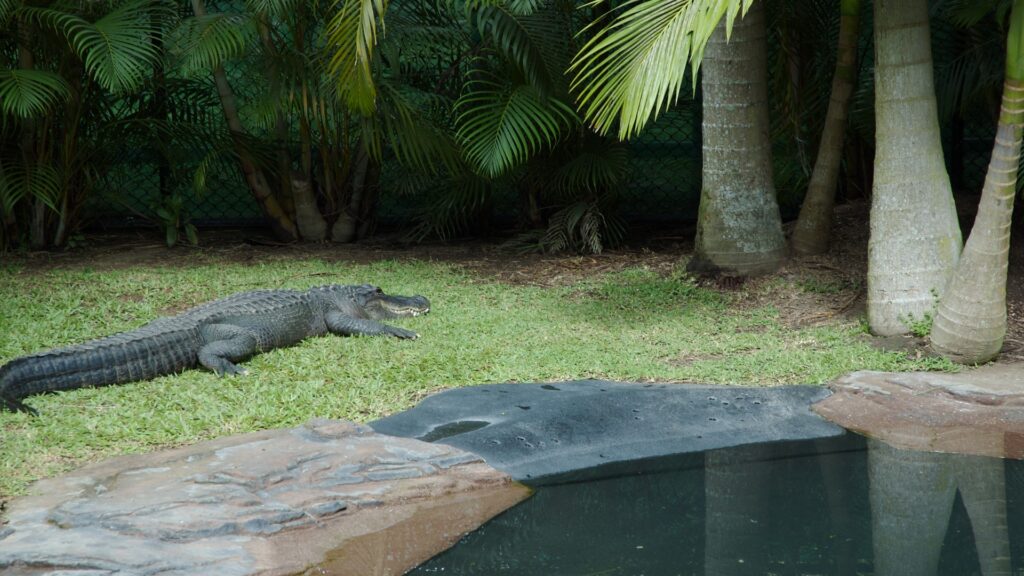
Florida park rangers at Everglades National Park have grown accustomed to alligator encounters, but one particular incident stands out in ranger lore. During an unusually hot summer day, rangers returned to their station to find a seven-foot alligator had somehow managed to open the door and was cooling off directly under the air conditioning vent. The reptile had navigated through the building without disturbing any furniture or equipment, making a beeline for the coolest spot in the station.
More surprising was the alligator’s relaxed demeanor—it showed no aggression when discovered and seemed genuinely disappointed when wildlife specialists arrived to relocate it. The ranger station subsequently installed special latches on doors to prevent repeat visits, but local staff still report occasionally finding claw marks on the station’s exterior doors during particularly hot days.
The Thieving Ravens of Death Valley

Death Valley National Park rangers have documented a sophisticated operation run by the local raven population that goes beyond typical bird intelligence. These ravens have developed a coordinated system for stealing hikers’ belongings that suggests an almost human-like understanding of distraction techniques. The birds work in teams of three to five, with one raven creating a diversion—often by swooping close to hikers or pretending to be injured—while the others raid backpacks and open containers with remarkable dexterity.
Most impressively, rangers have documented cases where ravens specifically targeted containers with water, suggesting they can identify water bottles based on shape or material. One veteran ranger described watching a raven successfully unscrew a water bottle cap, a task requiring both problem-solving intelligence and physical capability that few wild animals possess.
Wolf and Badger Hunting Partnership
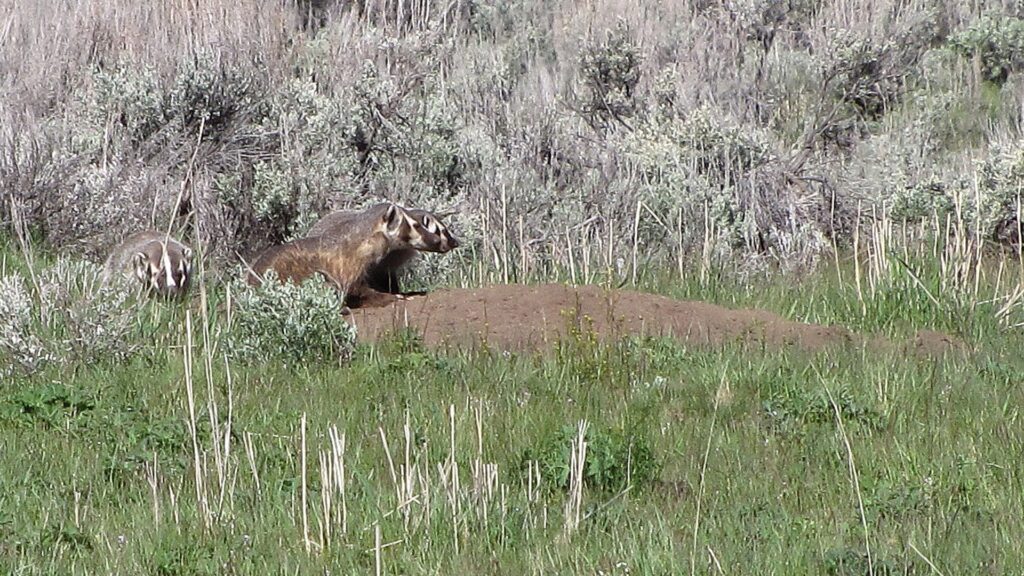
In Yellowstone National Park, wildlife biologists and rangers have documented one of the most unusual interspecies relationships ever observed. A lone wolf and a badger formed what appeared to be a deliberate hunting partnership that lasted for over two months. While casual associations between these species had been noted before, this pair showed coordinated hunting behavior—the wolf would chase prey toward the badger’s position, while the badger would flush prey from underground burrows for the wolf to catch.
The unlikely duo was observed sharing meals, traveling together, and even sleeping in proximity, behaviors typically unseen between these naturally solitary predators. Most extraordinarily, rangers noted the pair seemed to communicate through body language, with distinctive head movements and postures appearing to signal hunting intentions between the species.
Elk Using Crosswalks
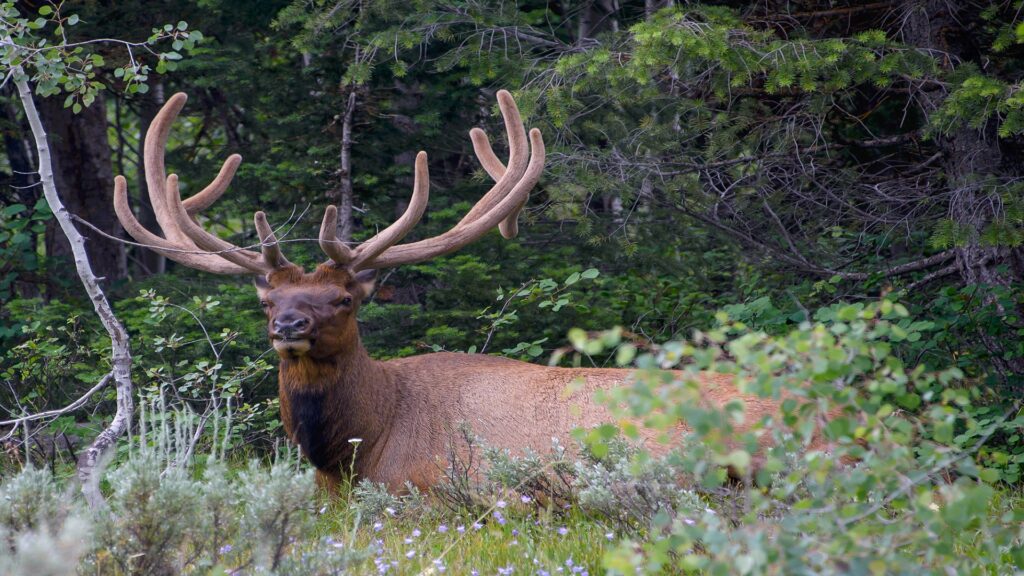
Rangers in Grand Teton National Park reported observing a behavior among the local elk population that demonstrates remarkable adaptation to human infrastructure. The elk herd had learned to use pedestrian crosswalks when traversing the park’s main roads, apparently recognizing these marked areas as safer crossing points. More impressively, older females would actually wait with younger elk until cars stopped, much like human adults waiting with children.
Over several seasons, rangers observed this behavior becoming more consistent and widespread among the local herds, suggesting cultural transmission of knowledge within the elk community. The behavior has become so predictable that the park now features signs specifically warning drivers to watch for elk at crosswalks, acknowledging this unusual adaptation of wildlife to human environments.
The Selfie-Taking Monkey
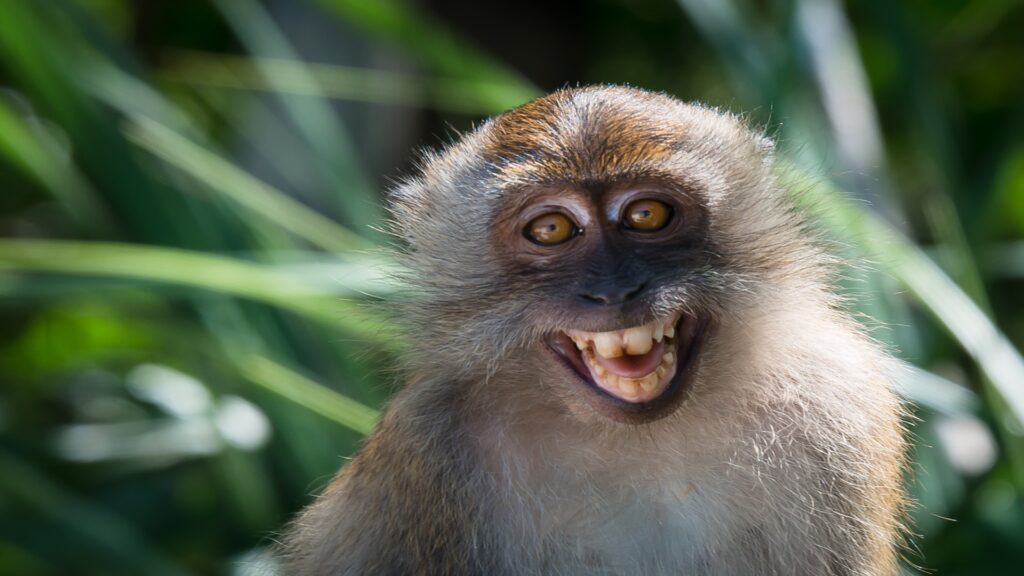
While not technically a “park ranger” story, wildlife officials in Indonesia’s Tangkoko Nature Reserve encountered one of the most bizarre examples of animal interaction with human technology ever recorded. A curious crested macaque monkey discovered an unattended camera belonging to a wildlife photographer and proceeded to take hundreds of self-portraits. The resulting “monkey selfies” showed remarkable composition, with the macaque appearing to deliberately position itself for the photos and even displaying different facial expressions.
This incident later sparked a famous copyright case about whether animals could own the rights to content they create. Park officials noted this wasn’t the first time local macaques had shown interest in human technology, with reports of monkeys attempting to operate smartphones and other devices left within their reach.
Moose with a Passion for Sprinklers
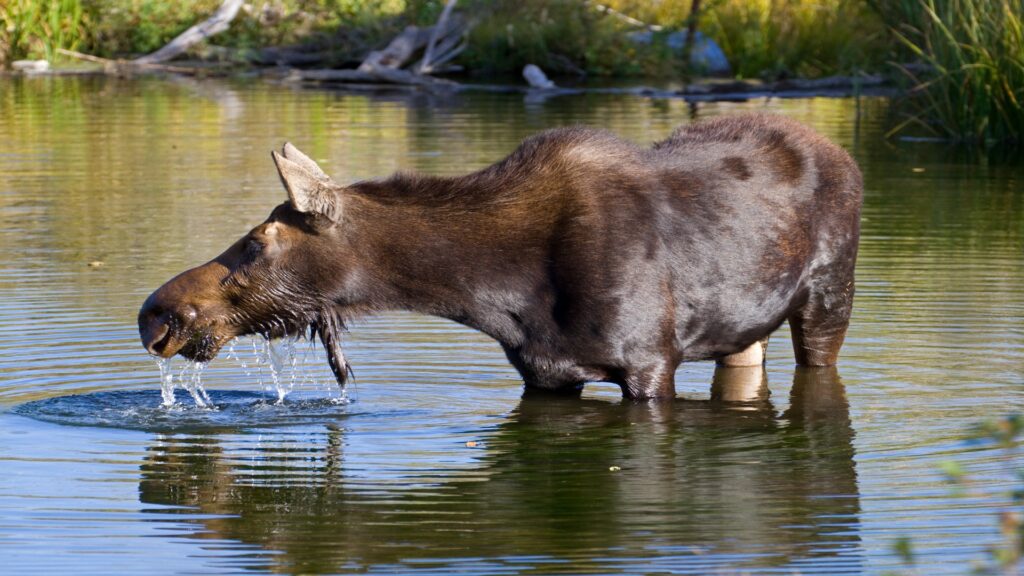
Rangers at Grand Teton National Park documented a peculiar behavior from a local bull moose that developed an apparent obsession with lawn sprinklers. The moose was first spotted in a residential area near the park boundaries, deliberately triggering motion-activated sprinklers by walking into yards, then standing directly over the sprinkler to enjoy an impromptu shower. Its behavior became so predictable that rangers received daily calls about the “sprinkler moose” during summer months.
The animal displayed problem-solving intelligence by learning exactly where to step to trigger different systems and would even return at the same times daily to yards with timer-based sprinklers. Wildlife biologists suggested this represented an unusual example of tool use, with the moose effectively manipulating human technology for its comfort—particularly impressive for an animal not typically known for its cognitive flexibility.
The Snake That Hitchhiked 100 Miles
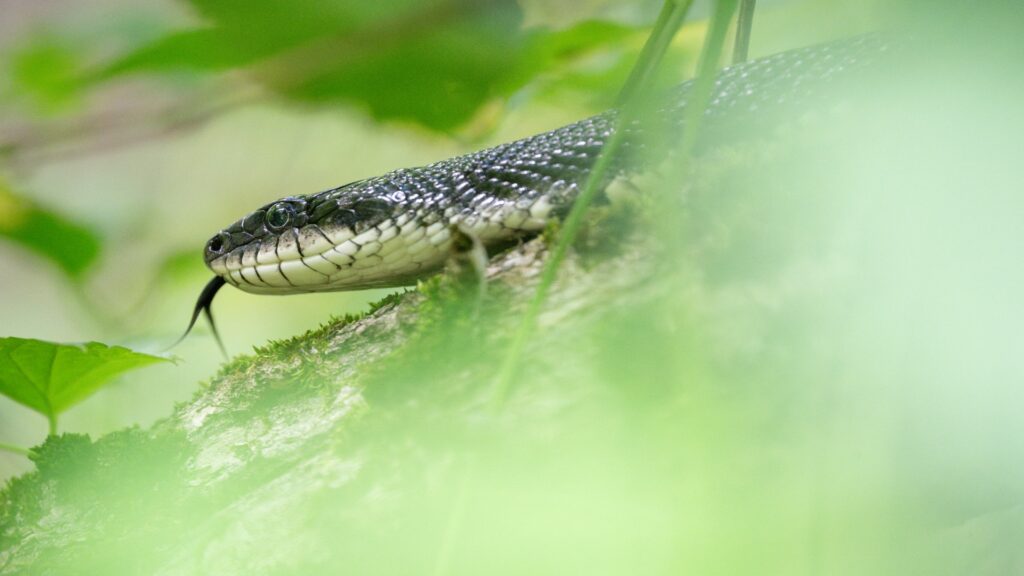
Park rangers at Shenandoah National Park encountered one of the strangest animal stowaways ever recorded when they discovered a five-foot eastern rat snake had hidden inside their patrol vehicle during routine maintenance. The snake had apparently crawled into the vehicle’s engine compartment and remained there undiscovered during a 100-mile journey to a regional ranger conference. The snake wasn’t discovered until rangers parked at the conference center and noticed an unusual movement under the hood.
More remarkably, the snake had survived the journey without injury despite the engine heat and had even shed its skin during the trip, leaving rangers to find not just a snake but also a perfect snakeskin impression of their engine compartment. The animal was safely returned to its original location, with rangers joking it had received “more professional development than most junior rangers.”
Beavers Damming Human Culverts
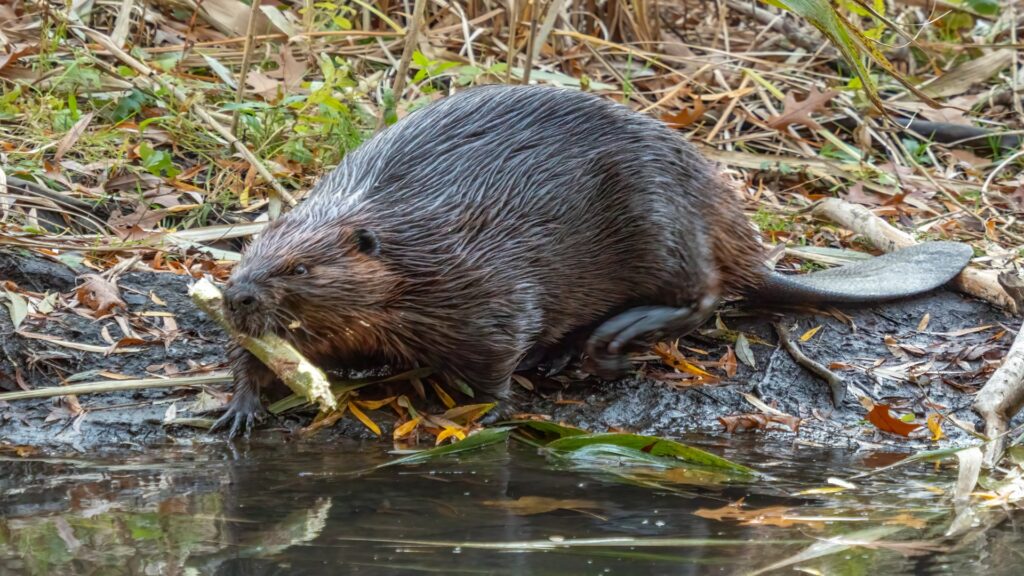
Rangers at Voyageurs National Park in Minnesota documented a fascinating case of beavers actively countering human water management systems. A family of beavers began systematically damming culverts installed by park engineers, effectively reversing drainage projects designed to protect park roads. What made this case particularly unusual was the beavers’ persistence and adaptability—when rangers removed the dams, the beavers would rebuild them within hours, often using different construction techniques to counter the rangers’ removal methods.
After multiple failed attempts to dissuade the beavers, park engineers eventually redesigned their drainage systems to accommodate the beavers’ behavior, creating what they called a “beaver-resistant culvert system.” The case became a textbook example of how wildlife can force human infrastructure to adapt rather than the other way around, demonstrating the remarkable environmental engineering capabilities of these rodents.
The Touchy-Feely Octopus
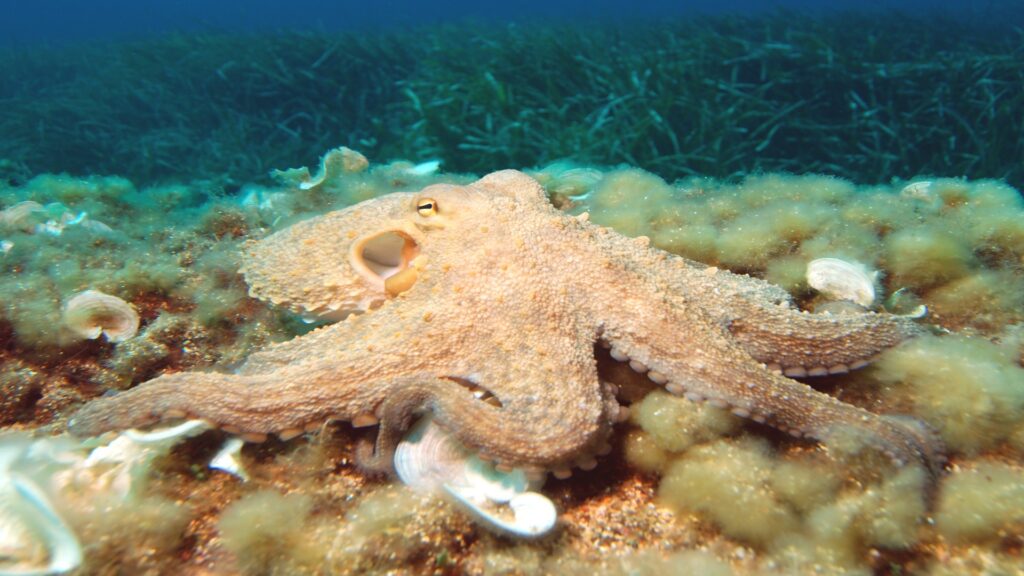
Marine park rangers at Channel Islands National Park in California reported an extraordinary encounter with a giant Pacific octopus that displayed unusually interactive behavior with humans. During routine underwater monitoring, rangers encountered an octopus estimated to be nearly 16 feet across that, rather than retreating from human contact, actively approached divers and systematically inspected their equipment. The octopus displayed what rangers described as “deliberate curiosity,” methodically touching different materials and even attempting to manipulate camera controls and diving gear fasteners.
Most surprisingly, the octopus returned repeatedly during subsequent dives over several weeks, appearing to recognize specific rangers and showing preferences for interacting with certain individuals. Marine biologists noted this was exceptional behavior even for octopuses, which are already recognized for their intelligence, suggesting this particular individual may have had previous positive interactions with humans.
Coyotes Using Traffic Signals
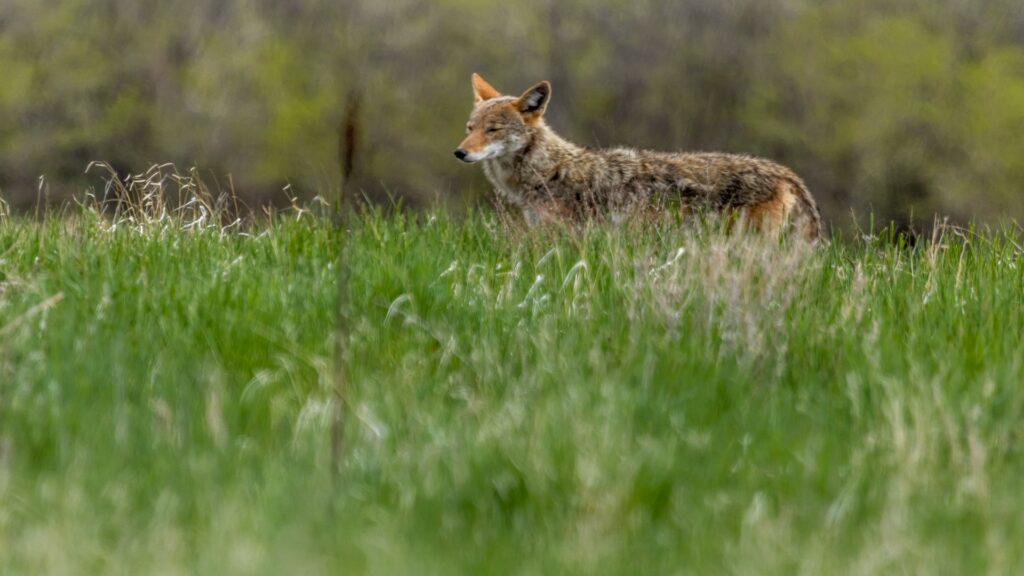
Urban wildlife rangers monitoring coyote populations in parks near Denver, Colorado, documented coyotes that appeared to understand traffic patterns and signals. Multiple rangers independently observed coyotes waiting at intersections until pedestrian crossing signals changed and then crossing with human pedestrians. Most remarkably, these coyotes seemed to differentiate between various traffic signals and understood their meanings—waiting patiently at red lights and proceeding on green or walk signals.
The behavior spread through the local coyote population, suggesting cultural learning rather than individual adaptation. Wildlife biologists consider this one of the most sophisticated examples of urban wildlife adaptation, demonstrating coyotes’ remarkable cognitive flexibility and observational learning capabilities when adapting to human-dominated landscapes.
The Musical Wolves of Denali
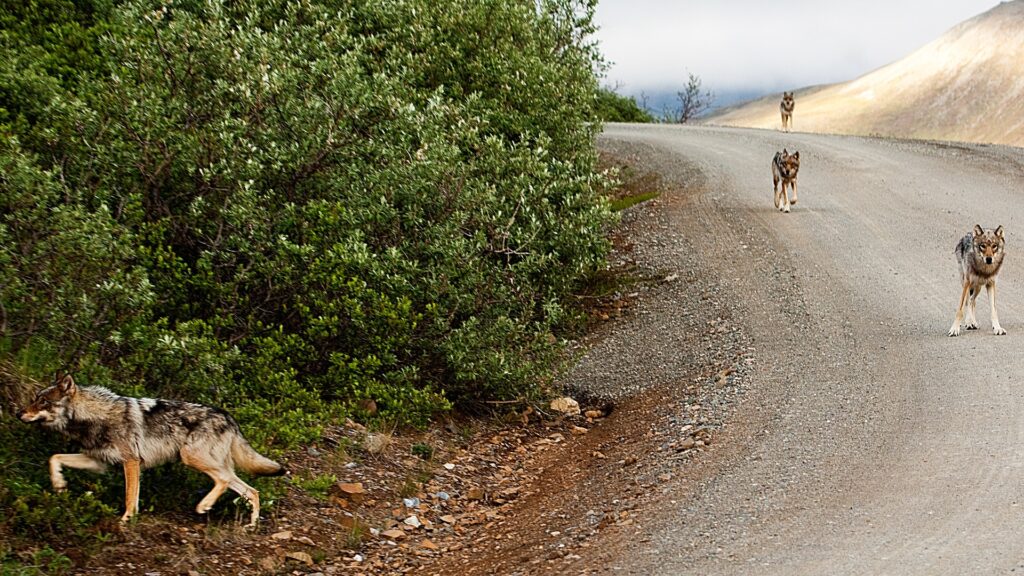
Rangers at Denali National Park in Alaska reported one of the most unusual wolf behaviors ever documented—an apparent reaction to human music. During routine audio wildlife monitoring, researchers discovered that a specific wolf pack would howl in response to certain musical compositions played through research equipment but remain silent for others. Further controlled testing revealed the wolves consistently responded to string instrument sounds, particularly cello recordings, while ignoring wind instruments and percussion.
The wolves would approach the source of string music and howl in patterns that appeared to mimic the musical structure, suggesting not merely a reaction but a form of engagement with the sounds. This unexpected behavior has sparked new research into wolf auditory perception and raises fascinating questions about how wildlife may perceive and respond to human cultural expressions when exposed to them.
Deer Using Railway Tunnels

Forest rangers in Japan’s Nara Prefecture documented an extraordinary example of wildlife adaptation near a regional park crossed by railway lines. Local sika deer were observed systematically using railway tunnels as safe passages under busy roads, but with an unusual twist—the deer had learned the railway schedules. Rangers observed the deer waiting near tunnel entrances until trains had passed, then using the tunnels during the known intervals between scheduled trains.
Most remarkably, the deer adjusted their tunnel-using schedule when railway timetables changed seasonally, suggesting they were actively monitoring train patterns rather than following fixed time-based behaviors. Wildlife experts consider this among the most sophisticated examples of wildlife adapting to human infrastructure, demonstrating both the deer’s observational learning capabilities and their ability to track complex human systems.
Conclusion

The remarkable encounters documented by park rangers around the world reveal wildlife behavior that often challenges our understanding of animal capabilities. From problem-solving bears and traffic-savvy coyotes to musically responsive wolves, these observations suggest many species possess cognitive abilities and behavioral adaptability far beyond what we typically attribute to them. These unusual encounters serve an important scientific purpose—they prompt researchers to question assumptions about animal intelligence and adaptation, sometimes leading to formal studies that expand our knowledge of wildlife behavior.
For park rangers who witness these extraordinary moments, such encounters reinforce the unpredictable and often humbling nature of working with wild animals. While some stories might seem almost too remarkable to believe, they remind us that despite centuries of scientific study, the natural world still holds countless mysteries and surprises for those patient enough to observe.

